Escape From Tarkov isn’t exactly a new game on Twitch, but with the implementation of in-game drops for viewers, the game’s audience on the platform reached record highs this past week.
From Dec. 30-Jan 5, Twitch streamers using the phrase “drops are enabled” in their stream title while playing Tarkov gave viewers the chance to redeem in-game items simply for watching, and the resulting viewership eclipsed 30 million hours watched, according to stats from sullygnome.com.
The 30 million hours watched mark in a week holds significance for games on Twitch and is rarely broken. Last year, the only times the mark was passed was during some of esports’ biggest moments. League of Legends passed the mark during the World Championships in October. Dota 2 regularly hits the number during The International. WoW Classic’s release, and the ensuing marathon streams following it, helped WoW pass 30 million in September, and Apex Legends’ thunderous entry into the gaming ecosystem led to a few weeks of 30 million hours watched.
Prior to this past week, Tarkov recorded a little more than 60 million hours watched in 2019, with viewership improving dramatically after the release of the 0.12 patch at the end of October.
The thing that makes Tarkov’s recent explosion particularly unique is the viewership that come from endemic influencers in the category.
During the past week when in-game drops were available, the most-watched influencer on Twitch was Pestily with more than 7.5 million hours watched. Before this past week’s event, he averaged just under 4,000 viewers playing Tarkov as his main game. Other top gamers to play Tarkov included Anton and Veritas, who had around 1.5 million hours watched beating out streamers like DrLupo, xQc, and Dr DisRespect.


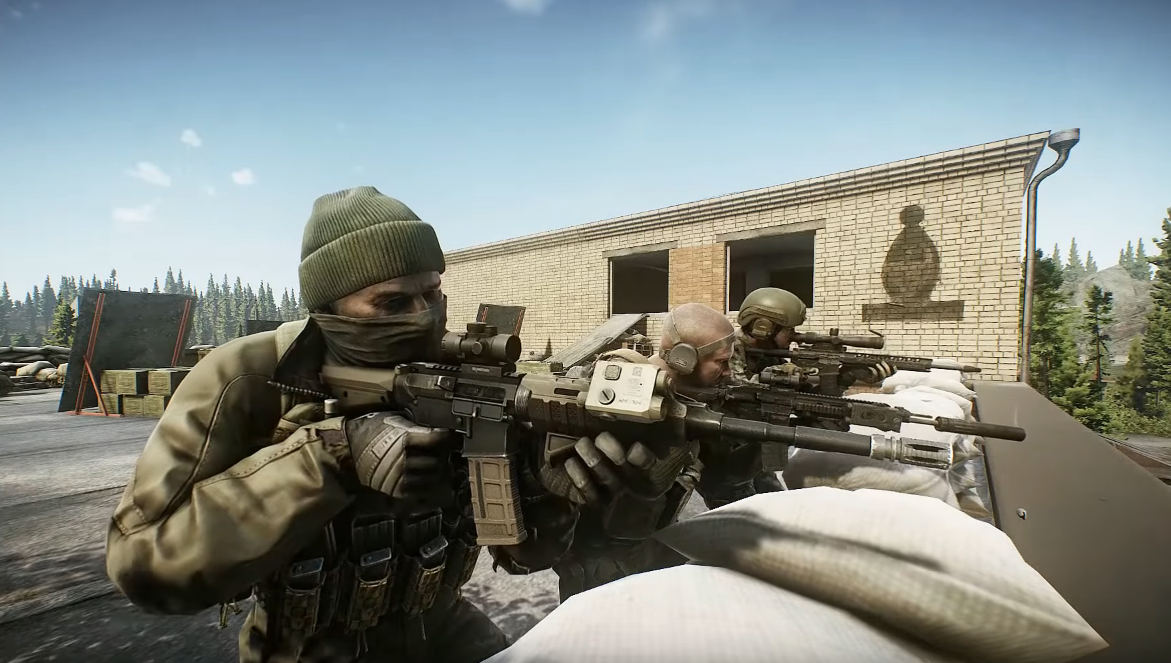

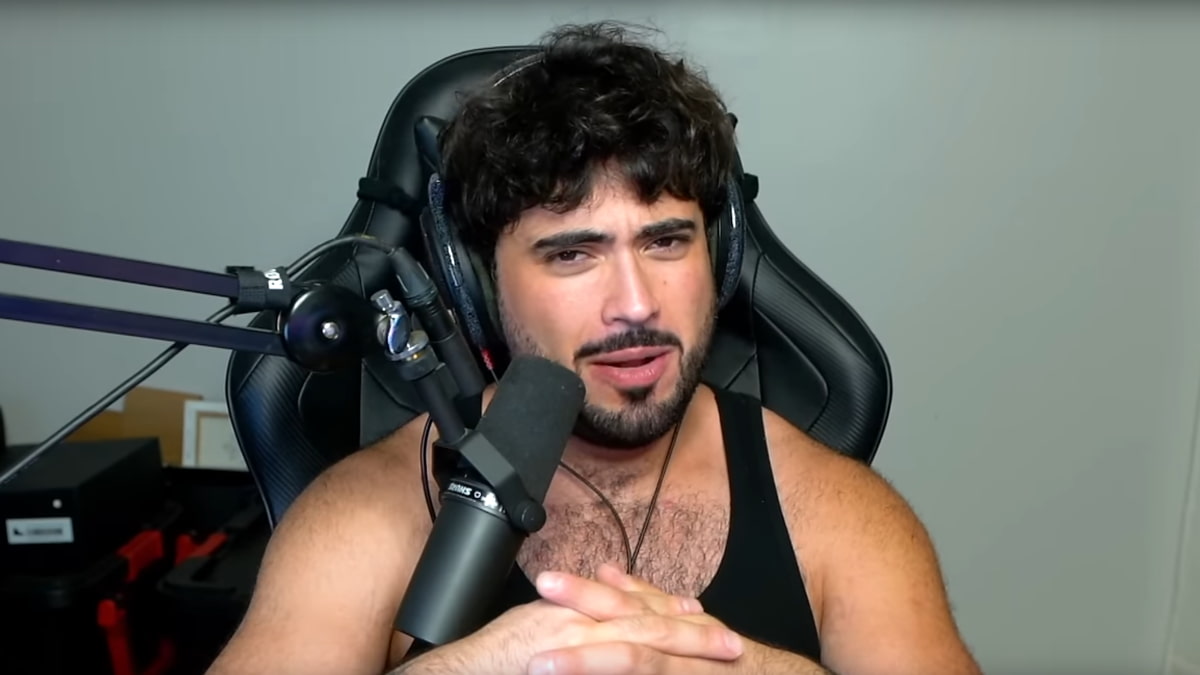
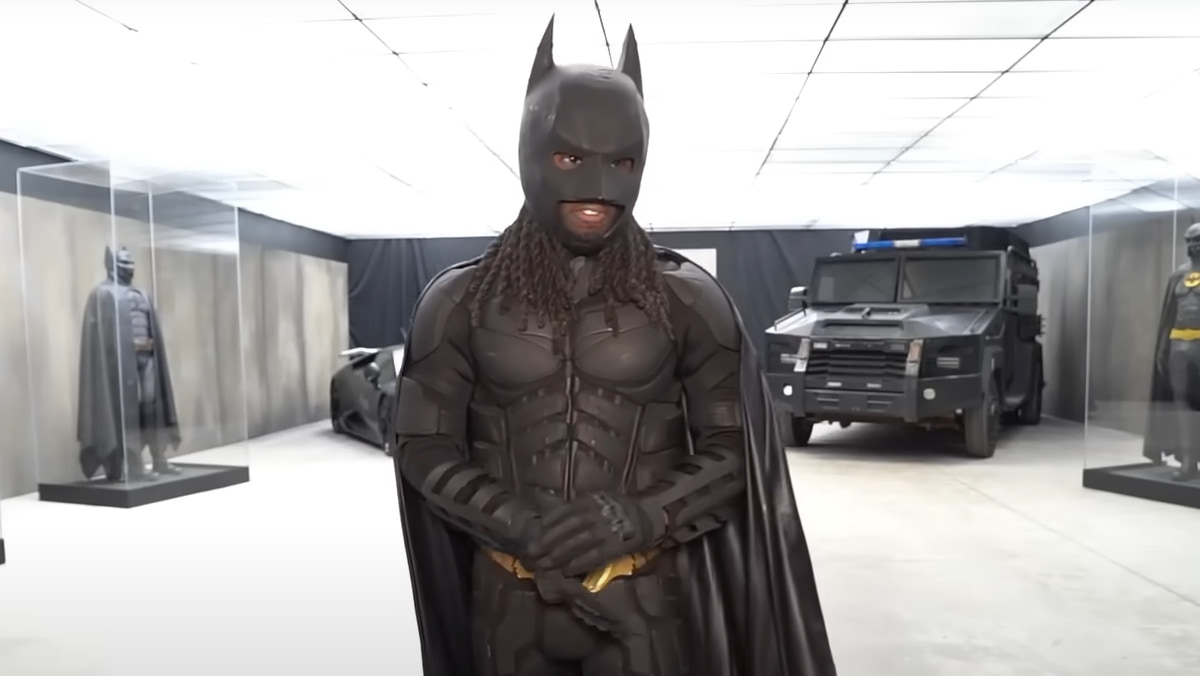
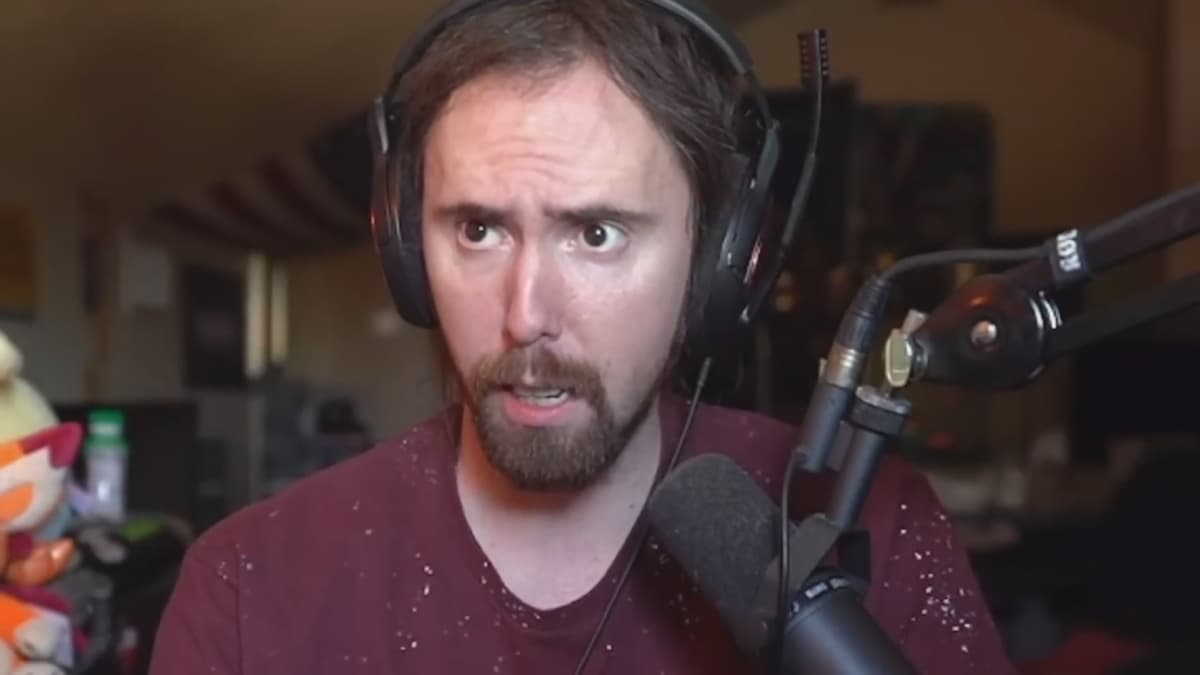


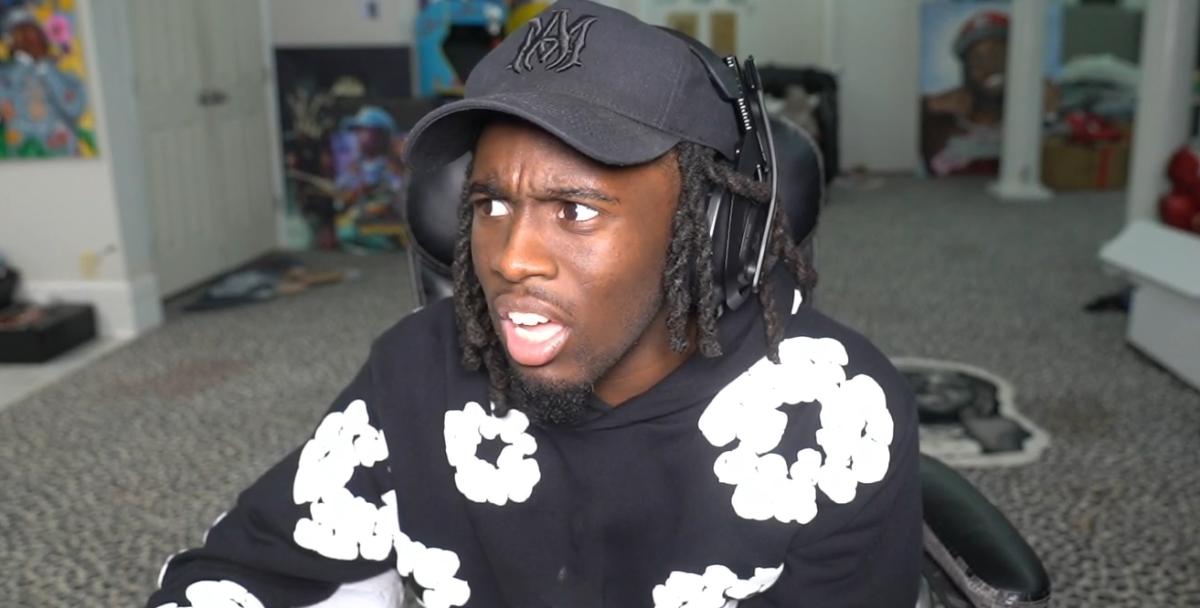
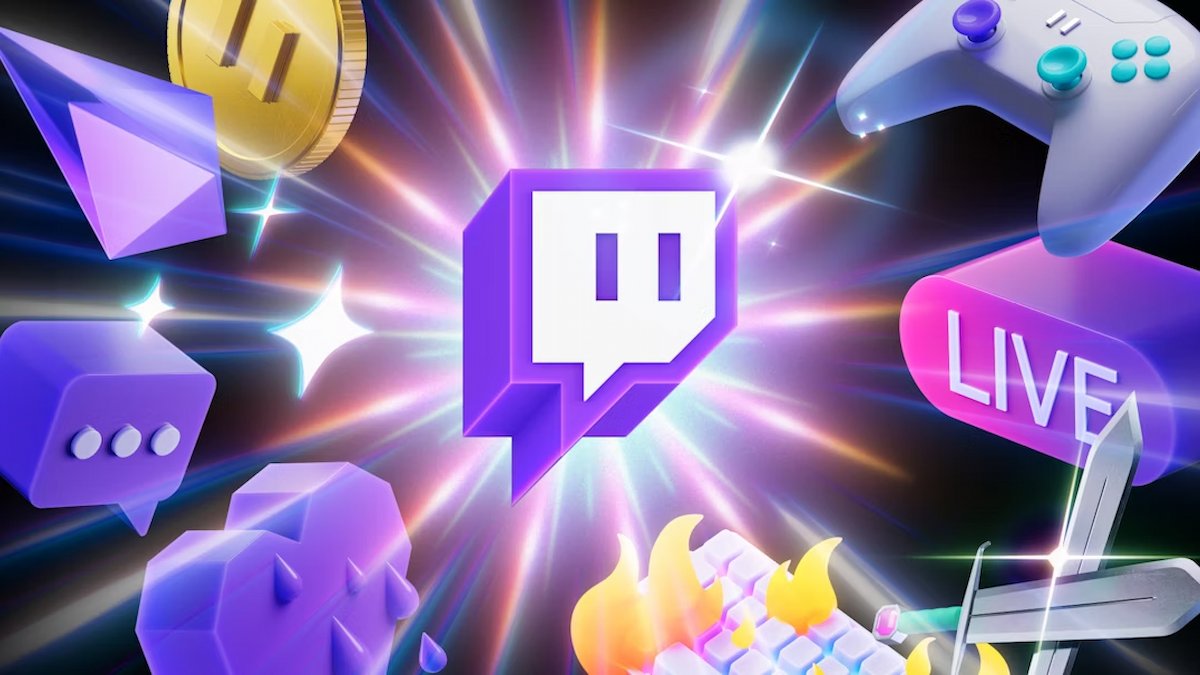
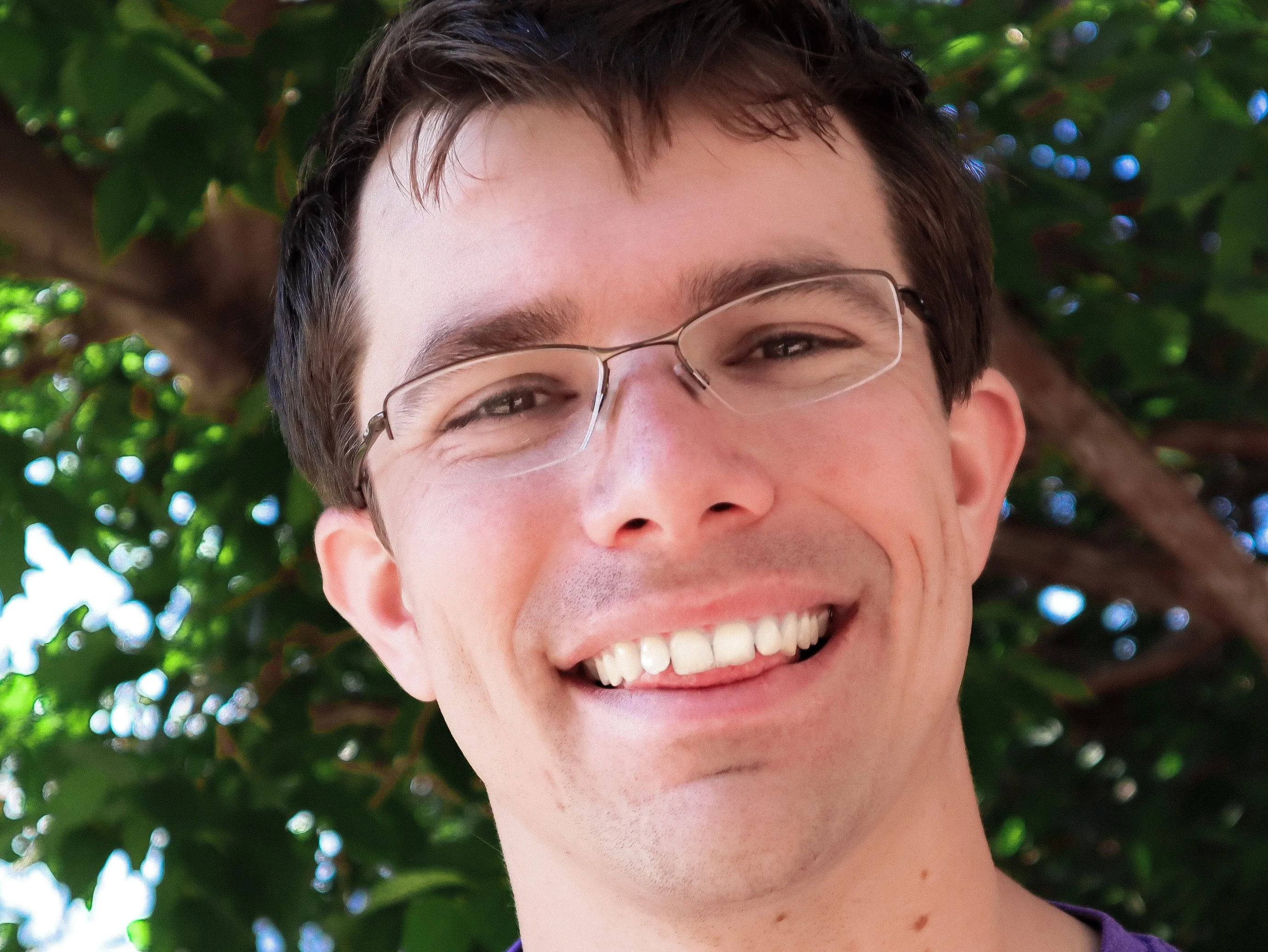
Published: Jan 6, 2020 12:14 pm